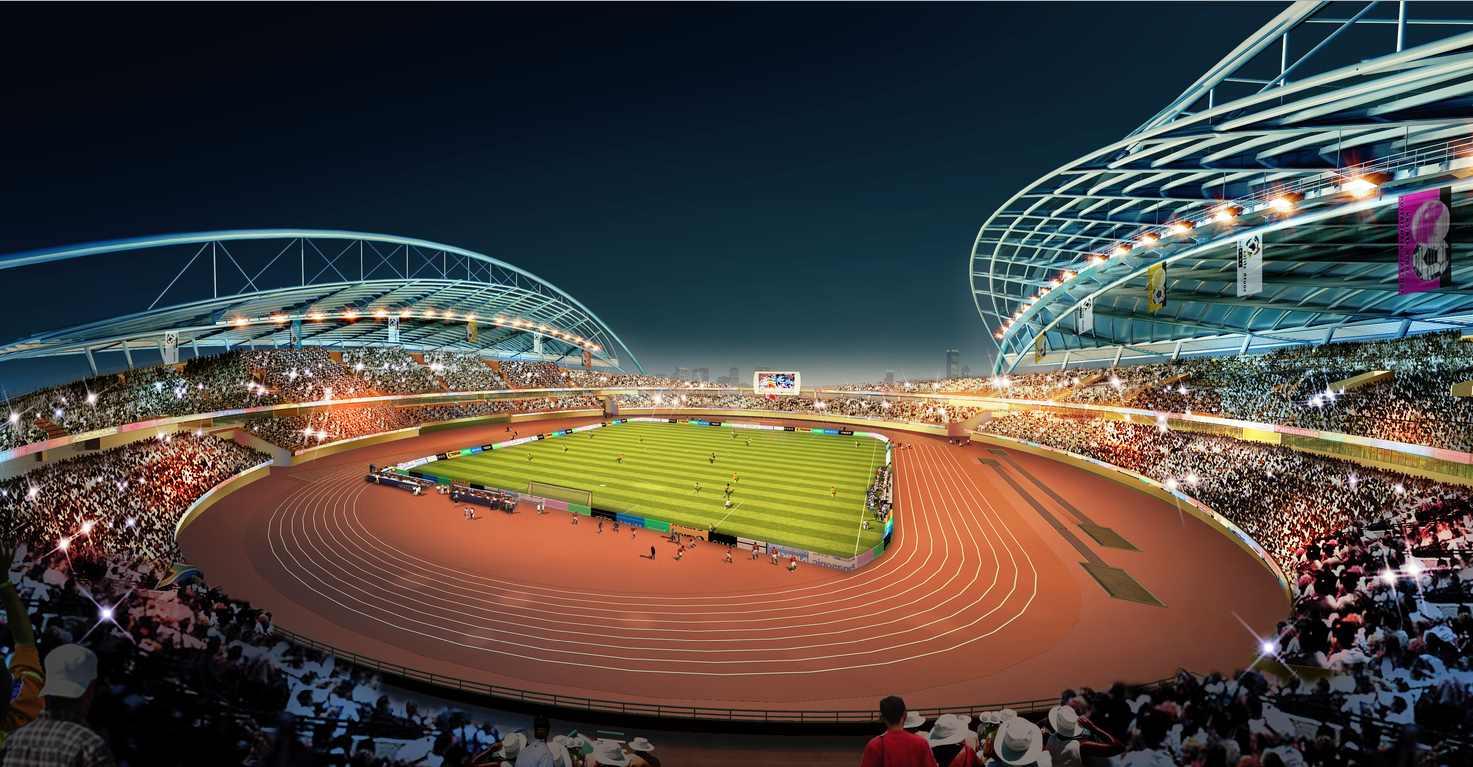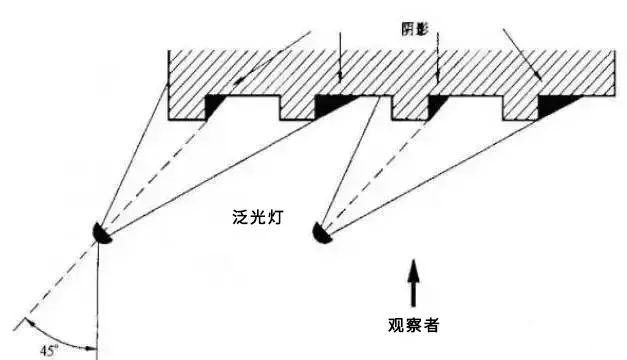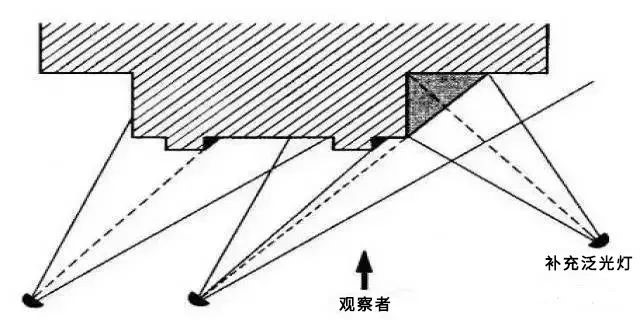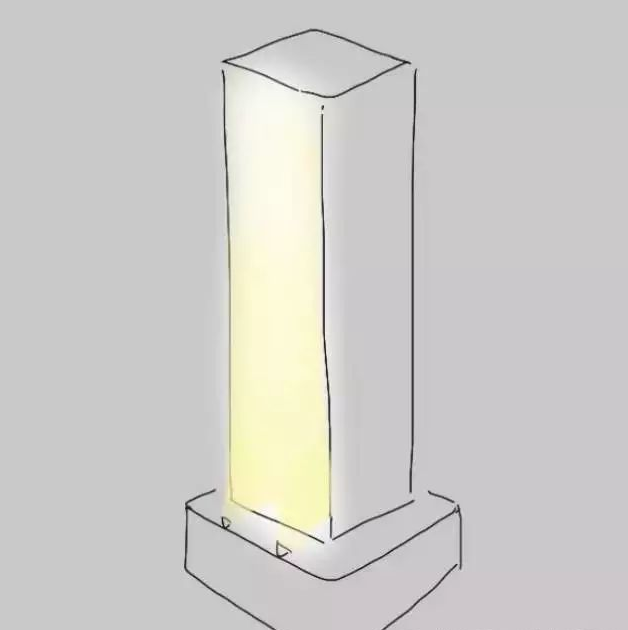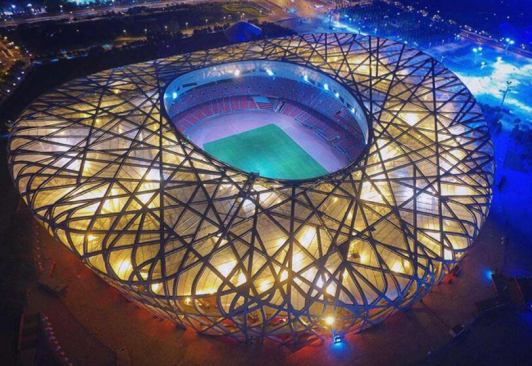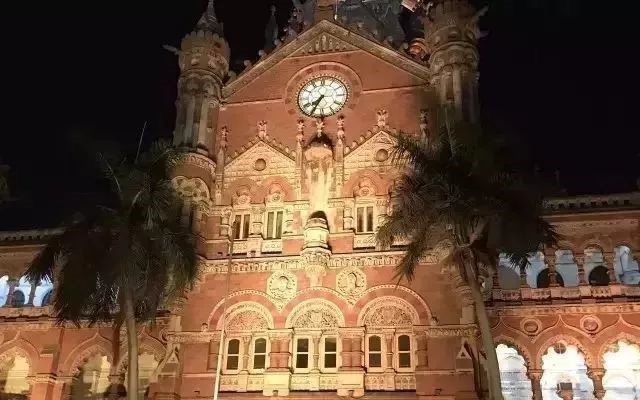What is flood lighting
A lighting method in which a spotlight or floodlight is usually used to illuminate a target in a certain situation, and its illuminance is significantly higher than the surrounding lighting. Its lighting effect can not only highlight the whole picture of the building, but also effectively express the shape, three-dimensional effect, finish color, material texture, and even the treatment of decorative details.
Flood lighting is not simply to reproduce the daytime image of the building, but to use the means of light, color and shadow of flood lighting to reshape the building’s more moving, pretty and majestic image at night.
Technical points of floodlighting
At present, the most widely used floodlight decorative lighting technology for building exterior lighting is not simple floodlighting and lighting, but the integration of lighting landscape art and technology. Its design and construction should be configured according to the status, function and characteristics of the building. Different floodlights Lamps, in order to reflect different lighting languages in different parts of the building and different functional areas.
The projection angle and direction of the floodlight
The effect of enhancing the three-dimensional effect can be obtained by projecting the illuminated object in the same direction with a separate group of floodlights, or projecting from two directions in contrasting tones, and the projection angle of the floodlight allows the existence of cast shadows. Shadows a
nd bright contrasts can also accentuate the three-dimensionality of the building’s façade.
The size of the shadow cast depends on the degree of unevenness on the building surface and the angle at which the lighting rays are cast. The average direction angle of the illumination rays should be no less than 45 degrees from the surface normal, and the projection angle should be increased in order to highlight a particularly low convex surface.
Floodlight projection distance and brightness
At night, the visibility of architectural and sculptural details is mainly determined by brightness, so floodlights can be set up as far or as close as needed, revealing or discreet.
Long-range projection improves brightness uniformity, while close-range projection emphasizes the detail and texture of the illuminated surface. For the entire illuminated surface, when the average brightness of the upper part is 2 to 4 times that of the lower part, the observer can feel that the brightness of the upper part and the lower part is equal.
Installation location and number of floodlights
According to the characteristics of the building itself, the floodlight should be set at a certain distance away from the building as much as possible. In order to obtain a more uniform brightness, the ratio of its distance to the height of the building should not be less than 1/10. If the conditions are limited, the floodlight can be installed directly on the building body. In some foreign countries, the facade structure design of some buildings has considered the lighting needs of the appearance. After installing the floodlight equipment, the light can not be seen, so as to maintain the integrity of the building facade.
Place floodlights under the building, when the facade of the building is lit up, it will show the side that is not bright, the light and dark are interlaced, and the three-dimensional sense of light and shadow of the building is restored
The length of the floodlight installed on the building body should be controlled within 0.7m-1m to avoid the occurrence of light spots. The distance between the lamps and the building is related to the beam type of the floodlight and the height of the building, as well as factors such as the color of the illuminated facade and the brightness of the surrounding environment. When the beam of the floodlight is narrow light distribution and the wall illumination requirements are high, the object to be illuminated is dark, and the surrounding environment is bright, a denser lighting method can be used, otherwise, the lamp interval can be increased.
Light color selection of floodlights
Generally speaking, the lighting of the building exterior focuses on using light to reflect the beauty of the building, and using a light source with strong color rendering to show the original color of the building during the day.
1. Do not attempt to use the light color to change the exterior tone of the building, but to illuminate or strengthen it with a similar light color according to the material and color quality of the building itself. For example, the golden roof usually uses a high-pressure sodium light source with a yellowish light color to enhance the lighting, and the cyan roof and wall use a metal halide light source with a whiter and better color rendering.
2. The lighting of multiple color light sources is only suitable for short-term occasions, and it is best not to use it for permanent lighting settings on the exterior of buildings, because colored light is very easy to cause visual fatigue under the background of shadows.
Anti-Glare
In the flood lighting design, the surrounding lighting environment should be fully considered. In order to ensure good uniformity, the interval between the lamps installed on the building should be 2.5 to 3 times the length of the bracket. If the interval is too wide, then A fan-shaped bright area is produced.
If side lighting is used, the occlusion of lamps and lanterns should be considered to reduce unnecessary light as much as possible. In the flood lighting of buildings, the lamps are basically illuminated from bottom to top, which can avoid glare to the greatest extent.
In the floodlighting of buildings, the lamps can be illuminated from the bottom to the top, so that it is not easy to cause glare.
Finally, summarize the design requirements for flood lighting:
1. The material color and texture of the building façade details can be clearly seen in the near, and the building volume and the light color of the façade can be clearly seen in the distance;
2. It is necessary to master the characteristics of the building facade and illuminate from several different angles in order to produce a significant three-dimensional effect, especially the layered effect of light and color;
3. It is necessary to highlight the illumination of the building facade, so that it can form a light and dark contrast with the surrounding environment, and give full play to the foil role of the surrounding environment;
4. Understand the reflectance of building facade materials to light, and determine the required illuminance on this basis
Post time: Nov-14-2019


